Crimson Sunset Maple problems
Plant Love
5 years ago
Featured Answer
Sort by:Oldest
Comments (46)
ken_adrian Adrian MI cold Z5
5 years agogardengal48 (PNW Z8/9)
5 years agoRelated Discussions
Problem with Crimson Queen Japanese maple
Comments (6)Not seeing any pics. Anyway, not much you can do except remove the dead portions and wait. If there is not much viable growth left I would not be going in trying to shape it- it needs every leaf it has purely to sustain itself. After a year or two of looking at it you can decide whether or not it is worth keeping. I would certainly give it that amount of time, though, seeing as you have a sentimental attachment to it....See MoreCrimson King Maple and Purple Locust Tree questions
Comments (1)Norway maple can have the trunk split open during cold weather in an exposed position and cold climate. The locust also sounds like it froze down. Otherwise, when sections of top die on trees and shrubs there is either a problem with the root area, such as impeded drainage or pathogenic infestations (honey fungus, water molds...) or they are being drilled out by boring insects - the latter is probably not the case here. It sounds like both trees should be replaced with different choices....See MoreCrimson King Norway Maple, need FAQS
Comments (11)If there aren't any tulip trees in your woods, then one of them might do - it tends to grow quite fast with good watering (as much as 20' in about 8 years) and grows more up than out - Liriodendron tulipifera, matures at 60-90' x 35-50'. It can retain branches to ground level or can be limbed up - the odd, tulip-like yellowish flowers (on trees older than 10-15 years) in spring are interesting, but not a feature, as they tend to be high up if the branches are trimmed off. Its major drawbacks are a tendency to loose twigs and small branches in high winds after 10 years or so, and a massive seed drop in the fall. Luckily relatively few seeds sprout, but they do need weeding out of flower beds. Despite the vaunted slow growth of the magnolias, a M. grandiflora can grow with reasonable celerity, given good watering - my Bracken's Brown Beauty is now about 12' tall, from an '01 planting of a 1 gallon pot - the dogs broke it in its second summer, so this is the resprouted tree, and SHOULD be taller. This would be evergreen, and have the benefit of flowering. A bald cypress might do, combining the evergreen look with deciduousness. Or a tupelo, Nyssa sylvatica, moderate growth to 60' x 30', also deciduous. I would pick one in the fall, to get good fall color. Others, just as a listing, could be chosen from Beech, Hinoki false Cypress, Southern Sweet Bay Magnolia, Ash, a selected Honey Locust, Gingko, River Birch, Incense Cedar or Blue Atlas Cedar. If you want a slightly smaller tree and possibly harder to find, there are Parrotia, Katsura, Franklinia, Carolina Silverbell, Ironwood, Hop Hornbeam, Gordonia, Sourwood or Yellow Wood, as well as the familiar Redbuds and Dogwoods. I would plant any tree at a minimum of half the widest mature width away from the corner. It may take years for it to grow that wide, but.... Since these trees have differing mature widths, an absolute distance isn't possible. A minimum should be about 12', 15-20' might be better. Because you want shade from the sun, esp. afternoon, planting slightly to the south will give more shade as the tree grows and casts more shade. Bear in mind that ANY tree you plant will take several years to settle in and produce much shade - unless you spend BIG bucks and really look after it well....See MoreCrimson King Maple
Comments (45)Stan, sorry to hear that, I know it's very frustrating when putting out good money and having the anticipation of a tree that then fails to thrive. I have three 'Prairie Splendor' in my very protected backyard, they've done excellent, though the largest of them (shown above) did flush out late last summer and experienced some dieback. In '09 I had made a bonehead mistake of giving too much fertilizer to one tree and it then grew late into the season and proceeded to die the following spring, it's been replaced with another 'PS'. I hope these trees continue to do well and won't be struck back by a particularly hard winter, one never knows in this climate!...See MoreEmbothrium
5 years agolast modified: 5 years agoUser
5 years agoEmbothrium
5 years agolast modified: 5 years agomntreegrower
5 years agolast modified: 5 years agoken_adrian Adrian MI cold Z5
5 years agoFrozeBudd_z3/4
5 years agolast modified: 5 years agoPlant Love
5 years agoPlant Love
5 years agoFrozeBudd_z3/4
5 years agoPlant Love
5 years agoPlant Love
5 years agoPlant Love
5 years agoPlant Love
5 years agoFrozeBudd_z3/4
5 years agolast modified: 5 years agoUser
5 years agolast modified: 5 years agoPlant Love
5 years agoPlant Love
5 years agoUser
5 years agolast modified: 5 years agoFrozeBudd_z3/4
5 years agolast modified: 5 years agoPlant Love
5 years agoUser
5 years agolast modified: 5 years agoL Clark (zone 4 WY)
5 years agolast modified: 5 years agoUser
5 years agoPlant Love
5 years agoFrozeBudd_z3/4
5 years agolast modified: 5 years agoPlant Love
5 years agoFrozeBudd_z3/4
5 years agoUser
5 years agoPlant Love
5 years agogardengal48 (PNW Z8/9)
5 years agoUser
5 years agoFrozeBudd_z3/4
5 years agolast modified: 5 years agoPlant Love
5 years agoUser
5 years agoPlant Love
5 years agoPlant Love
5 years agoUser
5 years agoUser
5 years agoPlant Love
5 years agolast modified: 5 years agoUser
5 years agoPlant Love
5 years agoPlant Love
5 years agoFrozeBudd_z3/4
5 years agolast modified: 5 years ago
Related Stories
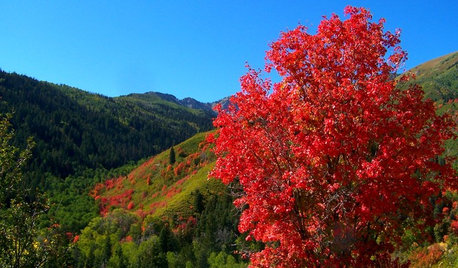
GARDENING GUIDESBigtooth Maple, the West’s Native Sugar Maple
Plant Acer grandidentatum for cool shade, brilliant autumn colors and songbird habitat
Full Story
GARDENING GUIDES13 Japanese Maples for Shade
A surprising variety of these understory trees is waiting to make a statement in your shade garden
Full Story
TREES11 Japanese Maples for Breathtaking Color and Form
With such a wide range to choose from, there’s a beautiful Japanese maple to suit almost any setting
Full Story
DECORATING GUIDESFrom Queasy Colors to Killer Tables: Your Worst Decorating Mistakes
Houzzers spill the beans about buying blunders, painting problems and DIY disasters
Full Story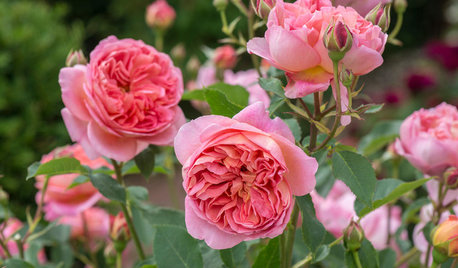
GARDENING GUIDESYou’re Going to Want to Stop and Smell These Roses
See top picks from David Austin’s most fragrant roses in colors ranging from ivory to crimson
Full Story
GARDENING GUIDESBackyard Birds: Northern Cardinals in the Snow, and Other Red Birds
Brilliant crimson feathers make these friends stand out in a crowd
Full Story
LIFECould Techies Get a Floating Home Near California?
International companies would catch a big business break, and the apartments could be cool. But what are the odds of success? Weigh in here
Full Story
GARDENING GUIDES10 Deer-Resistant Native Flowers to Plant This Fall
Learn about natives that embrace some kinds of wildlife but resist grazing deer
Full Story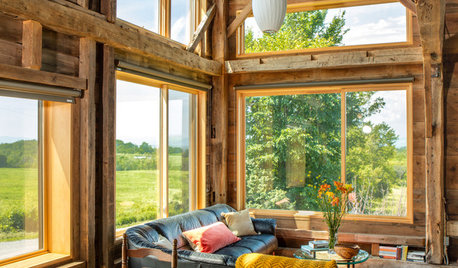
GUESTHOUSESHouzz Tour: This Guesthouse’s Former Residents Were Horses
A new insulated exterior for a Vermont carriage barn preserves its rustic interior
Full Story
LIGHTINGSo You Bought a Cave: 7 Ways to Open Your Home to Light
Make the most of the natural light your house does have — and learn to appreciate some shadows, too
Full Story


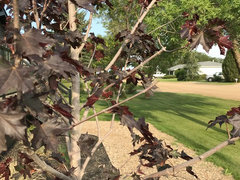
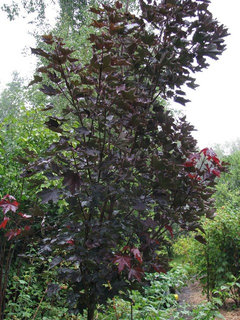
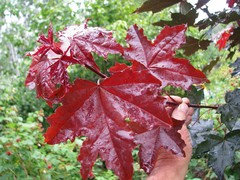
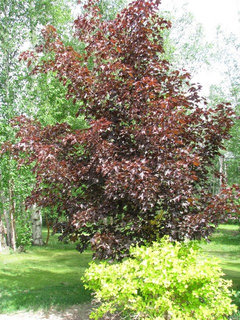


User